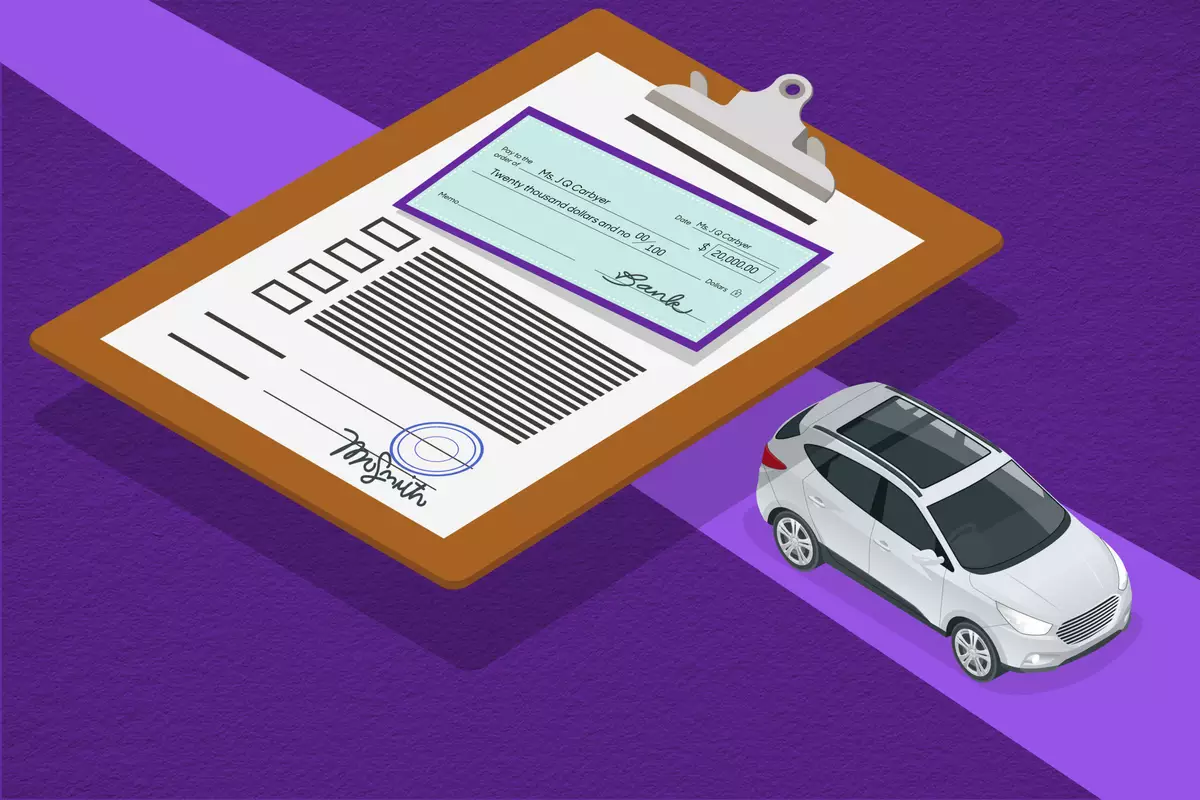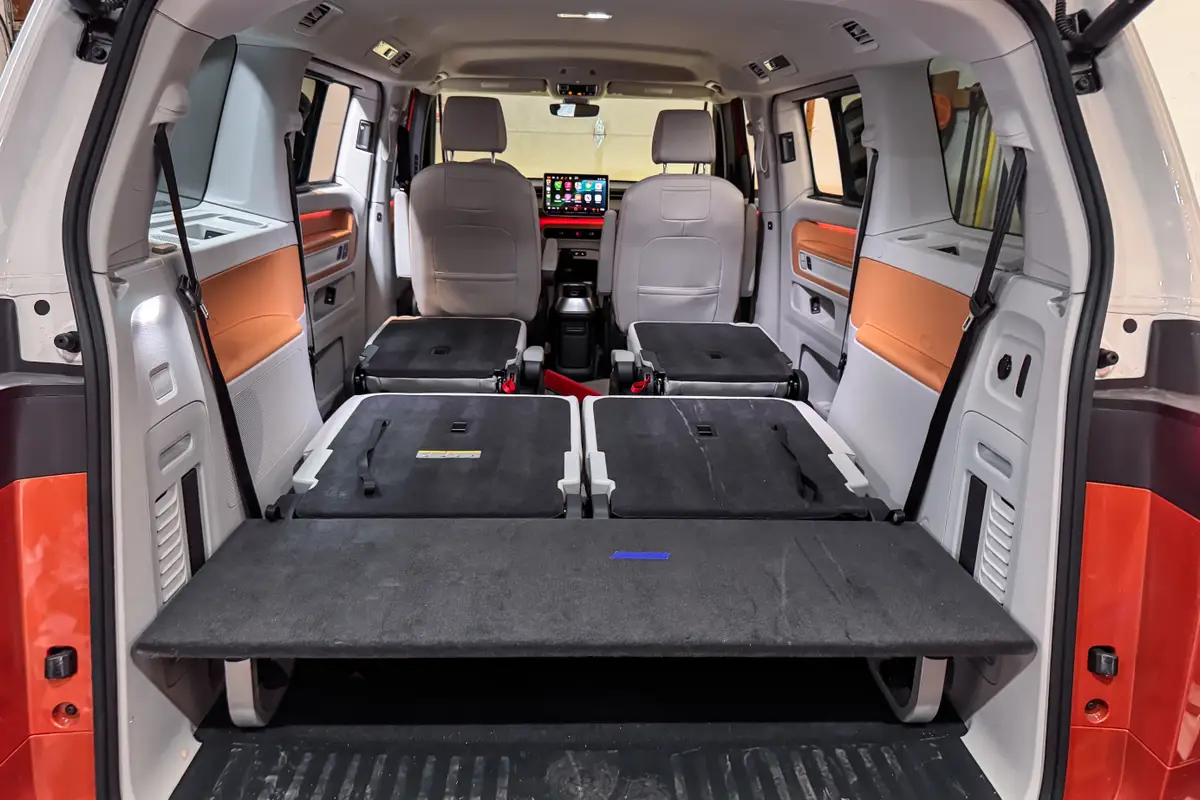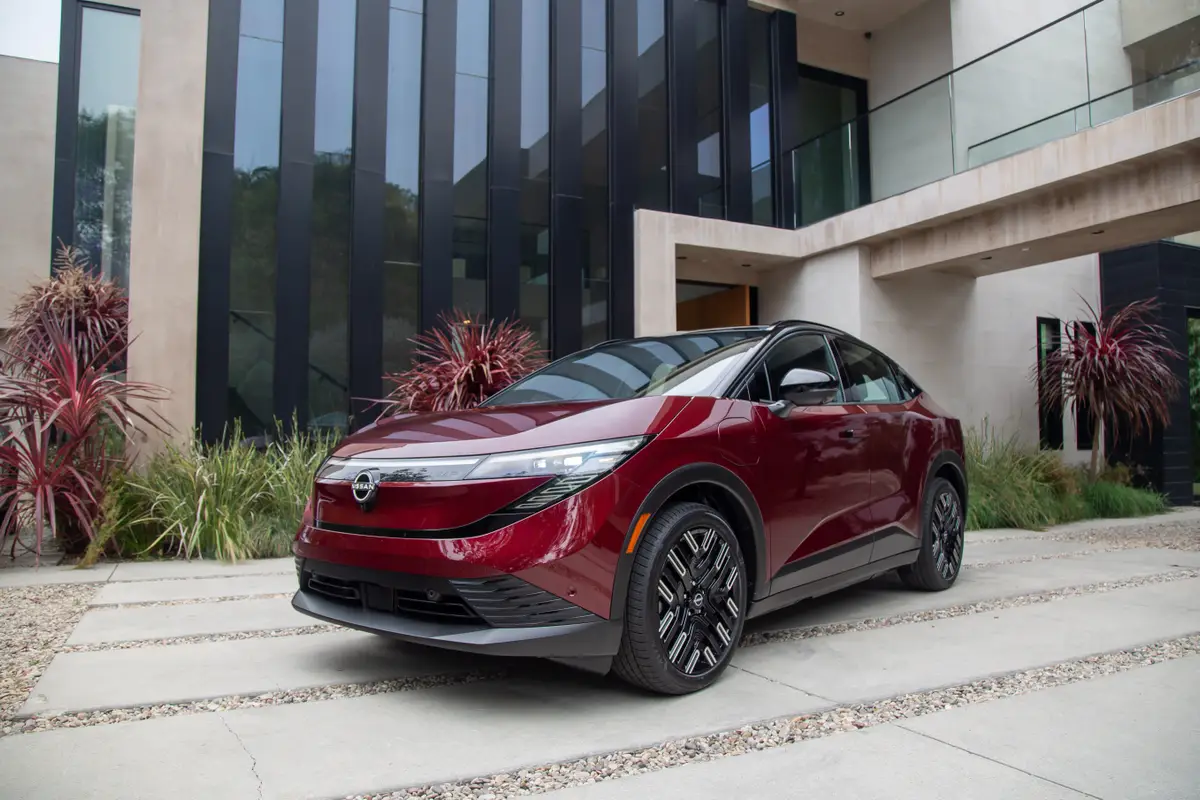How to Get a Car Loan


Editor’s note: This article was last updated on Mar. 15, 2024. It has been reviewed by Cars.com Senior News Editor Jennifer Harrington and is still accurate.
Most cars aren’t bought by consumers at a dealership; they’re purchased by banks. Very few shoppers pay cash outright for their new car or used car. Most either borrow or lease a car from the real owner — a bank, an automaker’s finance arm or a credit union. Shopping for an auto loan isn’t as fun as shopping for the new car or used car itself, but it’s not as difficult as securing a mortgage, either. We recommend that you shop around for a car loan before you go to a dealership. Before you can shop for a car loan, though, you’ll need to determine a few things.
Related: Buying a Car: Cash, Lease or Loan?
Determine What New or Used Car You Can Afford
It might seem difficult to make this determination before test-driving a bunch of cars, but it’s best to steer clear of the dealership sales floor until you’ve figured out what new car or used car you can afford. Affordability isn’t just about the car’s price, it’s about the cost of your down payment and monthly payment when financing your auto loan — as well as insuring, fueling and maintaining it. Unfortunately, you can’t start with those costs because they vary from car to car. You have to start somewhere, though, and it’s OK if you don’t know exactly what new car to buy.
If you’re like most shoppers, you have an idea of the type of car you want and how much you’ve got to spend on a down payment and monthly payment. Be sure to account for one-time charges such as taxes, title and license fees, and the destination charge when you’re figuring out how much you’ll need to spend, as well as factoring in ongoing costs, such as insurance and gas.
Shop for an Auto Loan Before Going to the Dealership
If you’re buying a new car, the loan with the best interest rate may come from the automaker. This is available only through the dealership. A dealership could possibly offer a zero percent financing auto loan or a cash rebate from a so-called “captive” lender that works directly with the automakers.
Remember that the best interest rate terms are limited to specific models, loan periods and for buyers with a solid credit score. Dealers don’t always have the best auto loan options, though, and when they’re not operating through a captive finance company, they get a commission for setting up a loan with a bank that you could go to directly.
After you’ve negotiated the car’s down payment and monthly payment with the dealership, the only way to know if the auto loan you’re presented with is a good one is for you to have shopped around for a loan beforehand. You may not be able to shop loan rates from a captive lender before actually buying a car, but you can shop the auto loan rates available from a bank or credit union.
Know Your Credit Rating
To know what kind of car loan rate you can expect, and to head off any obstacles you may encounter, you’ll need your credit score. Your credit score takes into account how long you’ve had credit, how diligently you pay bills, how much of your available credit you’ve used, and your mix of revolving credit — such as credit cards — and more desirable debt, like a mortgage and previous car loans.
Your credit score is in the form of a score between 100 and 900 (depending on the scoring model), with higher numbers reflecting a better credit history. The cutoff points for different credit tiers — and the corresponding loan rates — vary from lender to lender, so comparison shopping is essential to get the lowest interest rate.
Prepare to Open Your Books
Though your credit report takes into account much of your credit history, a loan application will ask for more. The basics include your full name, address, date of birth and Social Security number. Expect to be asked for information about your current employer or employers, your income and how long you’ve held your job. The application might also ask for your monthly gross income, meaning your income before any taxes or deductions are taken out.
Even if you fill out an online “short form,” it’s sure to lead to a more detailed one. The bigger risk that you appear to be to car loan lenders, the more information they’re likely to request. The most detailed application will ask about your assets and expenses, including bank account numbers and if you’ve filed for bankruptcy within the past seven years. Whether you own or rent your home also plays a part in your eligibility. You may be asked your monthly rent or mortgage payment, and possibly for an estimate of your monthly payment expenses.
Thanks to the Equal Credit Opportunity Act, auto loan lenders are prohibited from discriminating based on marriage status, but you might be asked anyway as a way of uncovering other obligations, such as alimony.
The Fine Print
An application should request authorization to obtain a credit report and confirm any information you submit. Make sure you know whether there is an application fee ahead of time.
Preparing ahead of time doesn’t just make the process faster and simpler — it ensures that you’ll get the best possible car loan and helps prevent complications. Surprises that can be remedied, such as an erroneous credit score, are best found by you when you have time to correct them. Don’t wait until after you’ve committed to a more expensive, higher interest rate car loan because you didn’t know any better — and if you already have, look into whether you could refinance your auto loan and get a better lease deal from a lender.
Cars.com’s Editorial department is your source for automotive news and reviews. In line with Cars.com’s long-standing ethics policy, editors and reviewers don’t accept gifts or free trips from automakers. The Editorial department is independent of Cars.com’s advertising, sales and sponsored content departments.

Former Executive Editor Joe Wiesenfelder, a Cars.com launch veteran, led the car evaluation effort. He owns a 1984 Mercedes 300D and a 2002 Mazda Miata SE.
Featured stories




